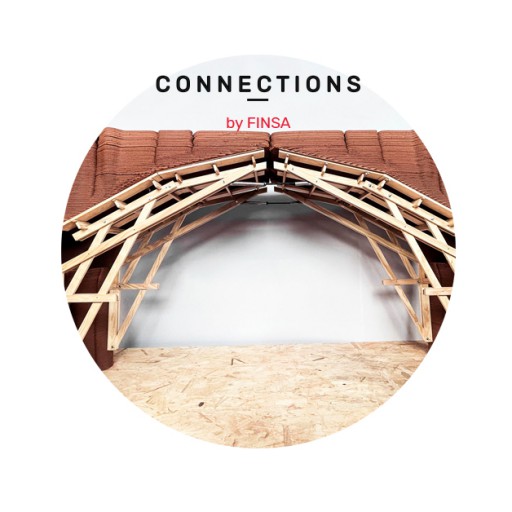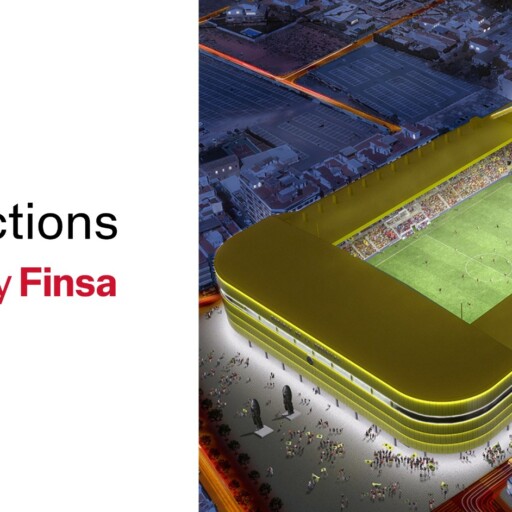Is this the end of an era for multi-family housing? At the very least, there has definitely been a paradigm shift around this model, which has been the norm in the real estate sector in recent years. Let’s take a look at the current state, unique characteristics, and challenges of co-living and other types of residential spaces.
New residential models are having a moment
While build-to-sell, build-to-rent, and multi-family homes are not exactly disappearing, new residential models are trending thanks to an increasingly nomadic population.
There are currently three types: co-housing, senior living, and co-living. While the first two are based on a system of ownership, co-living is all about renting. Co-housing is based on a co-op association formed by the people who build homes to live in them and to live in a community, and this is usually based around certain principles, be it bioconstruction, timber, or collaborative spaces. Senior living is also based on a co-op, with the added benefit of assistance for the elderly or people with specific needs.
Finally, co-living is essentially the evolution of student housing, and features additional services like co-working spaces, laundry or a cinema. It is designed for workers aged between 25 and 45 years old. We’ve outlined the progress being made with this model below.
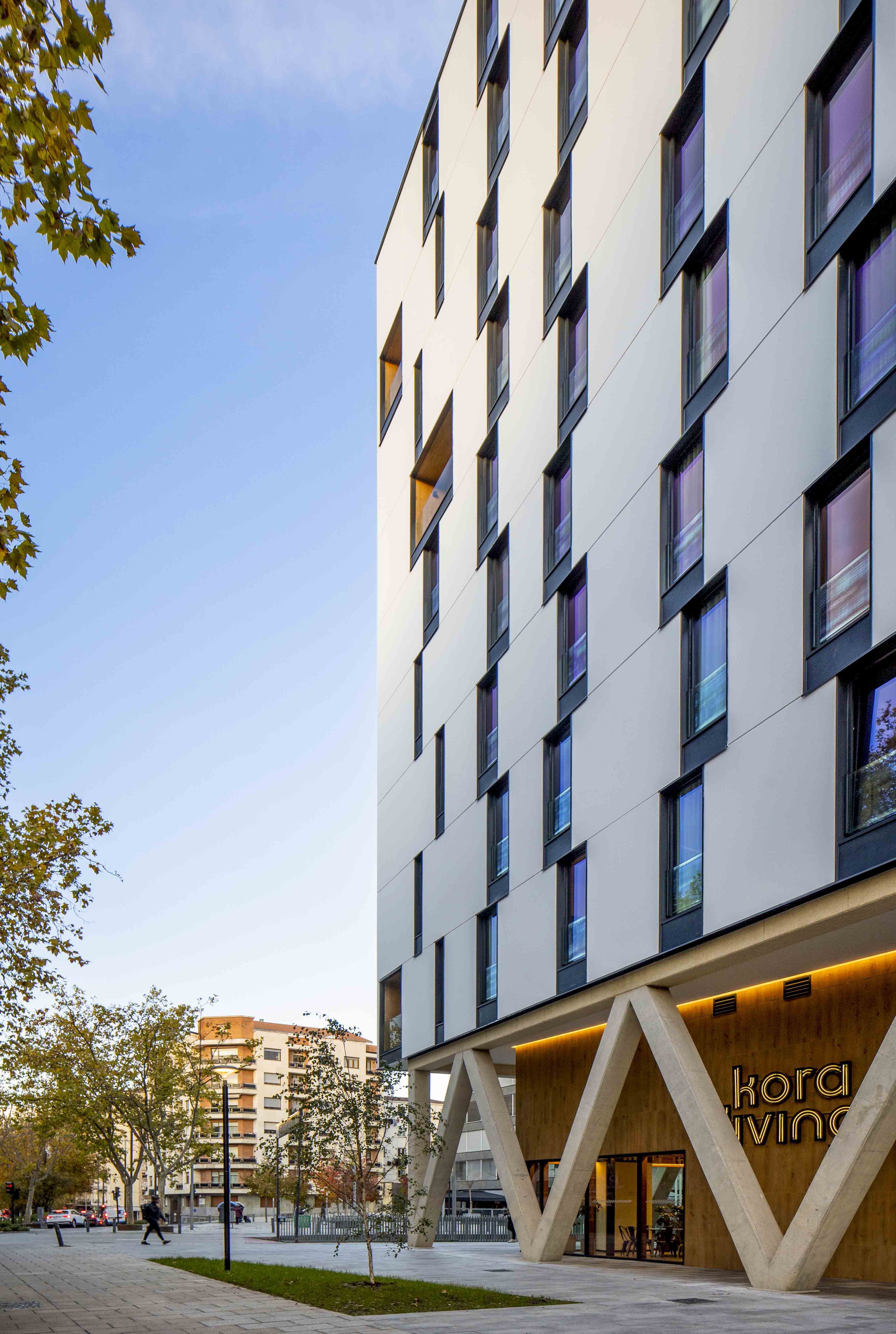
Why the rise in co-living?
Renting is pretty difficult at the moment, thanks to a lack of availability and because a lot of what is on offer isn’t great. Add to that an exponential increase in mobility, and co-living offers a solution that combines the privacy of a home with the advantages of a hotel and a place designed for social interaction.
The icing on the cake is the financial side of things: optimisation of costs thanks to volume and industrialisation, plus standard furniture that still looks good. There are also shared services and facilities available such as weekly cleaning, internet, and covered parking spaces. In this way, co-living is more than just a place to live where the only communal space is the stairway.
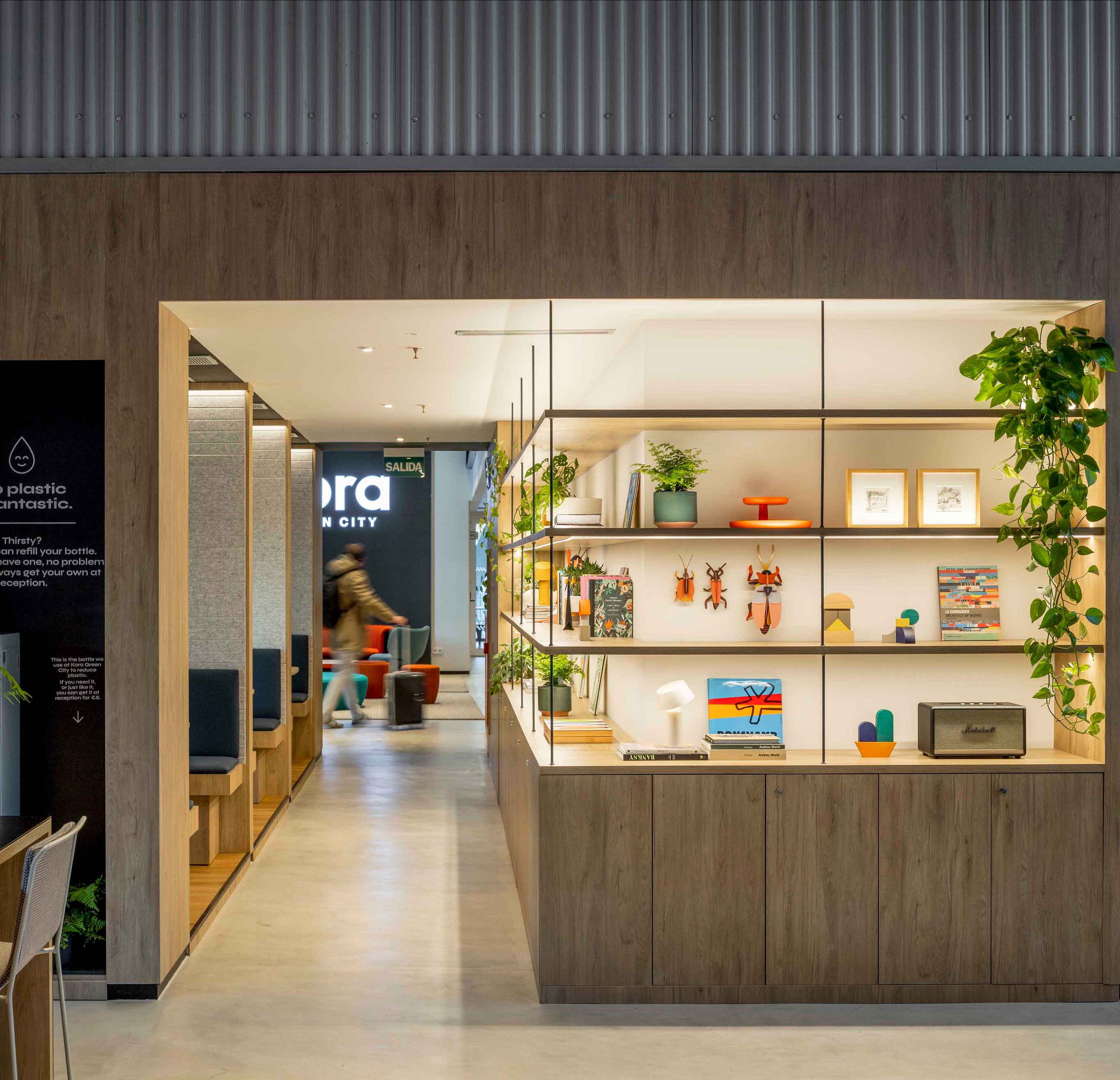
The advantages of co-living compared to a multi-family dwelling
Co-living combines all the advantages of living in a city with the clean air and sharing that happens in communities of rural areas such as villages. Sara Orcasitas, the product manager of Kategora, the developer behind Kora Green City, says that “These models are designed for those who decide to live without ties to a certain location with the benefits of a neighbourhood that has services and that is safe, clean, and free of shared expenses”.
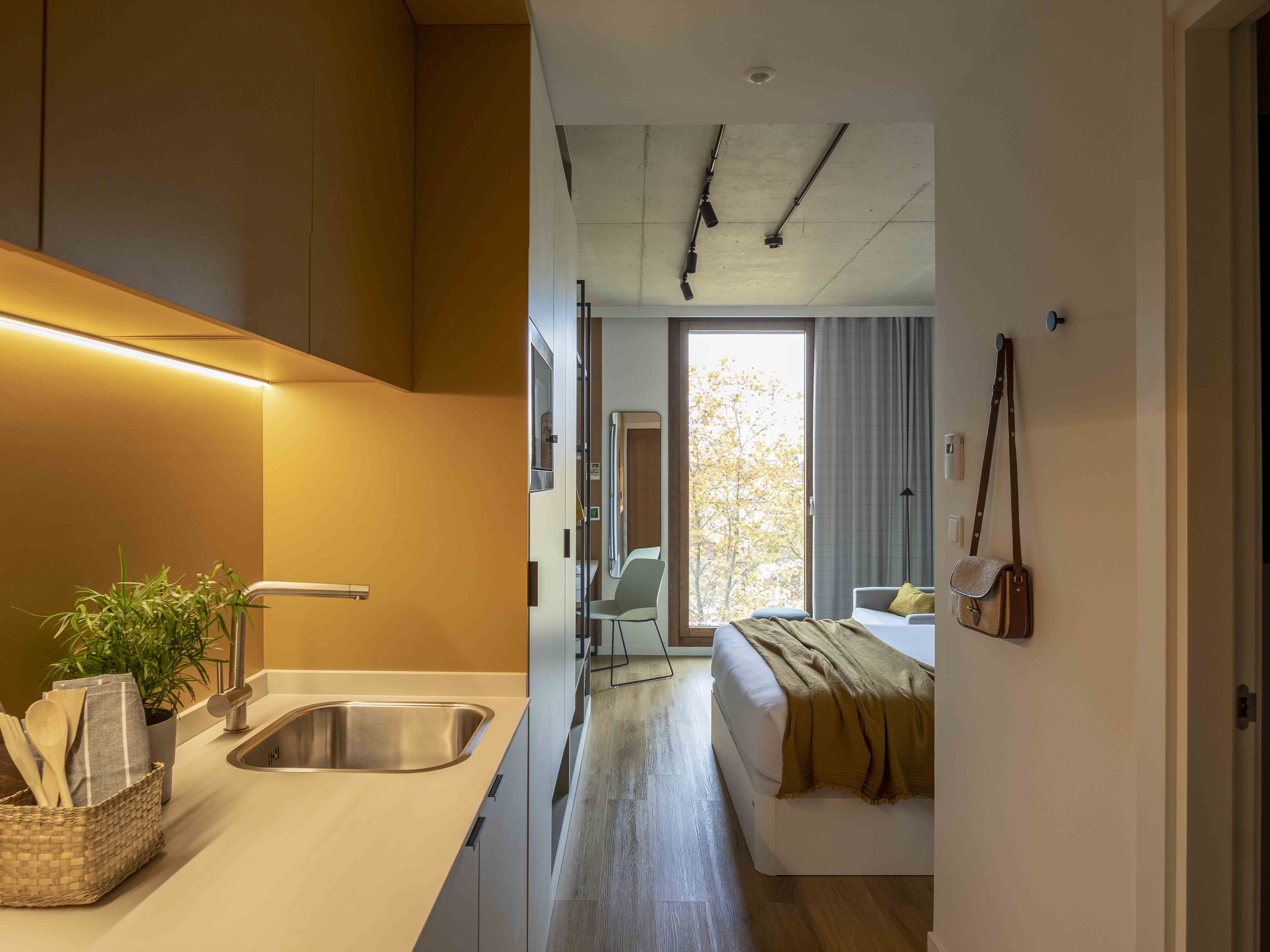
The social aspect is one of the most important elements in this type of living space. Orcasitas insists that “chance meetings that occur in our complexes are where lives, ideas, and goals come together, which enriches the people that reside in this co-living space. More and more, we are seeing that there is less distance between young and old, [and] we are searching for privacy, autonomy, company, learning, fun…and, if anything, what stops us is the physical, not the mental. That’s where the features of the co-living design come in”.
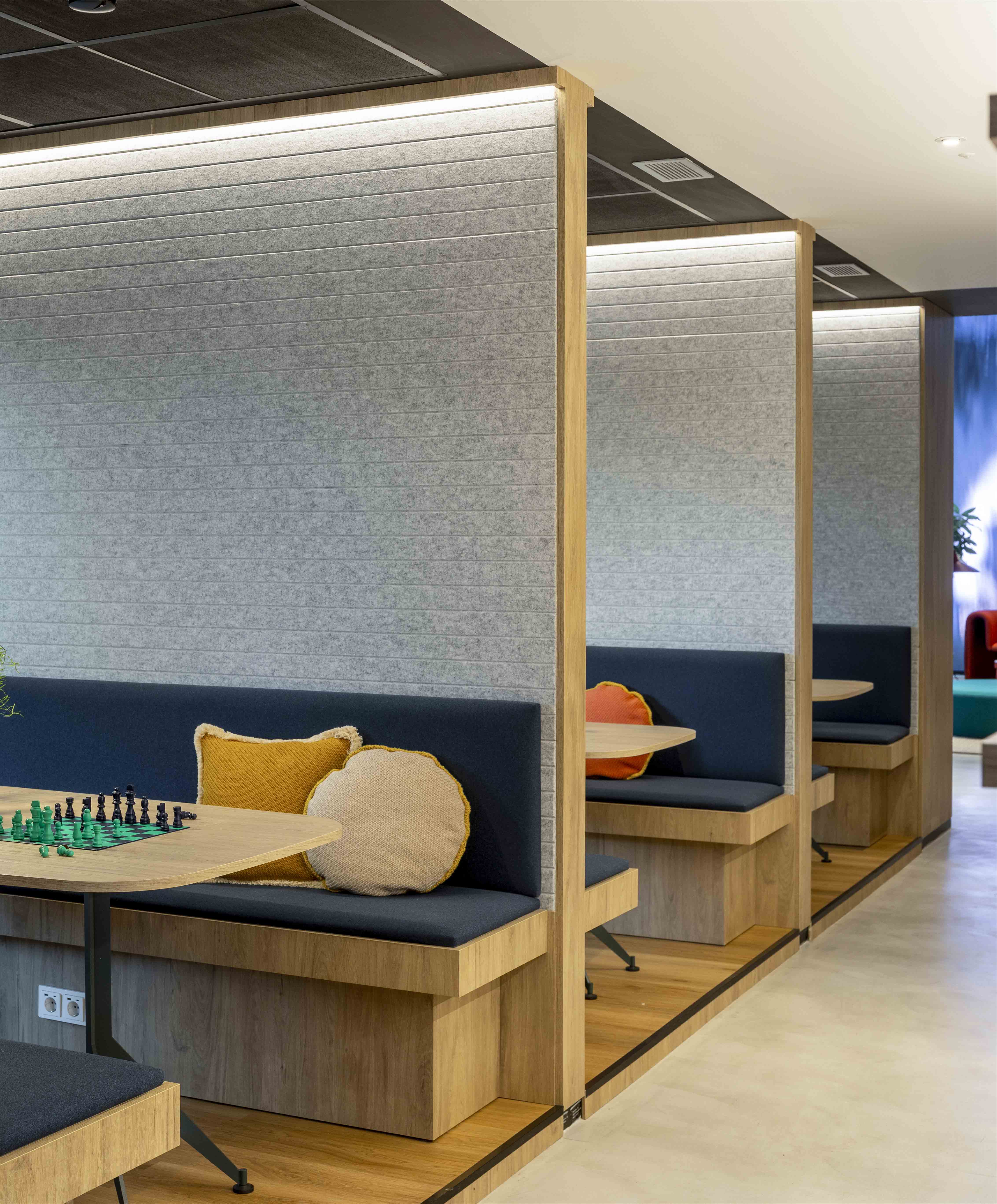
Unique spaces in a co-living complex
The design of a co-living space features some unique areas, which have come about because of the objectives of this model. These projects are defined by the following spaces:
- Agora: a result of the ‘workplace’ focus, it is designed to be able to bring a large number of people together in its stands, but in a smaller space. It can be used to organise activities like film showing sessions and it is the main characteristic of co-living complexes because it is provides a space for those who manage the building to put on activities.
- Shared living and dining areas with kitchen, outdoor spaces…
- Kitchens, laundries, and communal terraces.
- Desks for coworking or hybrid work.
- A small gym
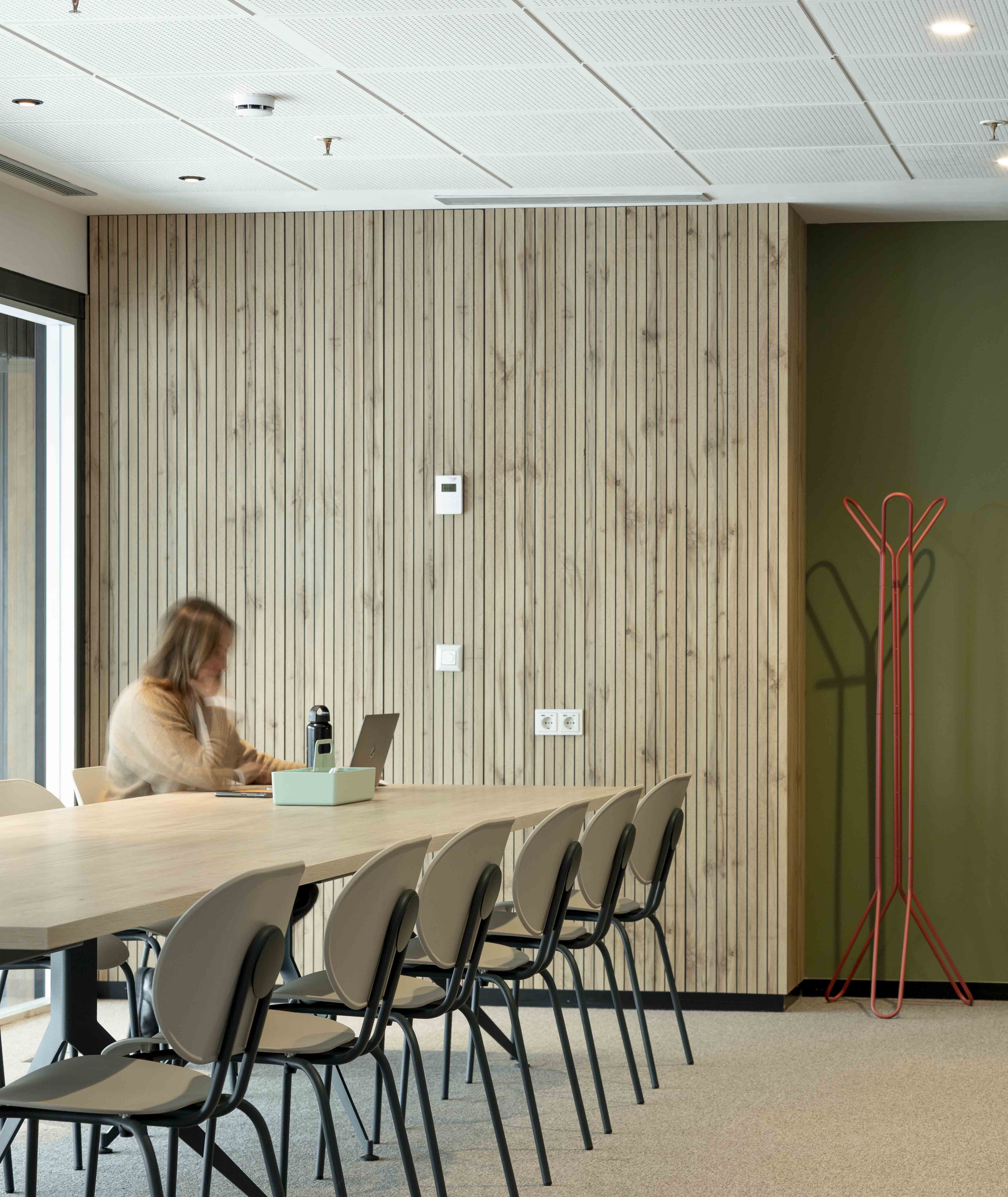
Challenges and opportunities
Regulations and investment are the big challenges facing co-living in Spain. Regarding the former, there is only legislation around it in Barcelona and Madrid, so most of the country is yet define how these spaces can be used. A co-living complex also requires a sizeable investment, though this can be viewed as an opportunity, as it can reduce the size of the units of accommodation, sometimes to single rooms only, and results in larger common areas.
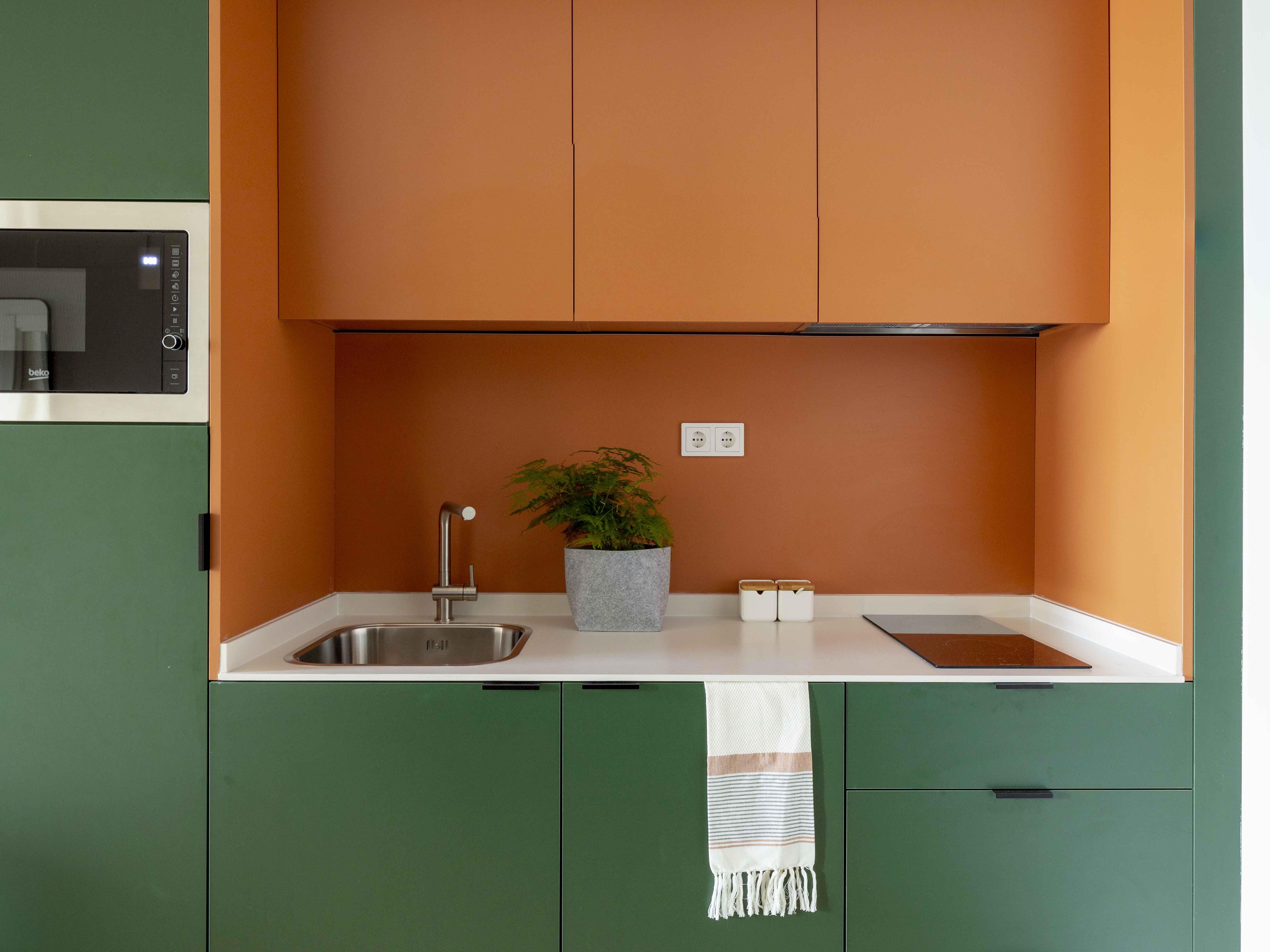
In terms of opportunities, this model features a lot of decorative elements that make the shared areas colourful and full of different materials that aren’t often found in other living spaces, such as melamine and wood veneer. As Orcasitas says, “there is no beauty without robustness or utitlity”.
Another future benefit is the use of co-living spaces for tourism with the idea of living like a local. “It would be magnificent to see a co-liver become the host and give advice to a recently arrived tourist,” says Orcasitas.



